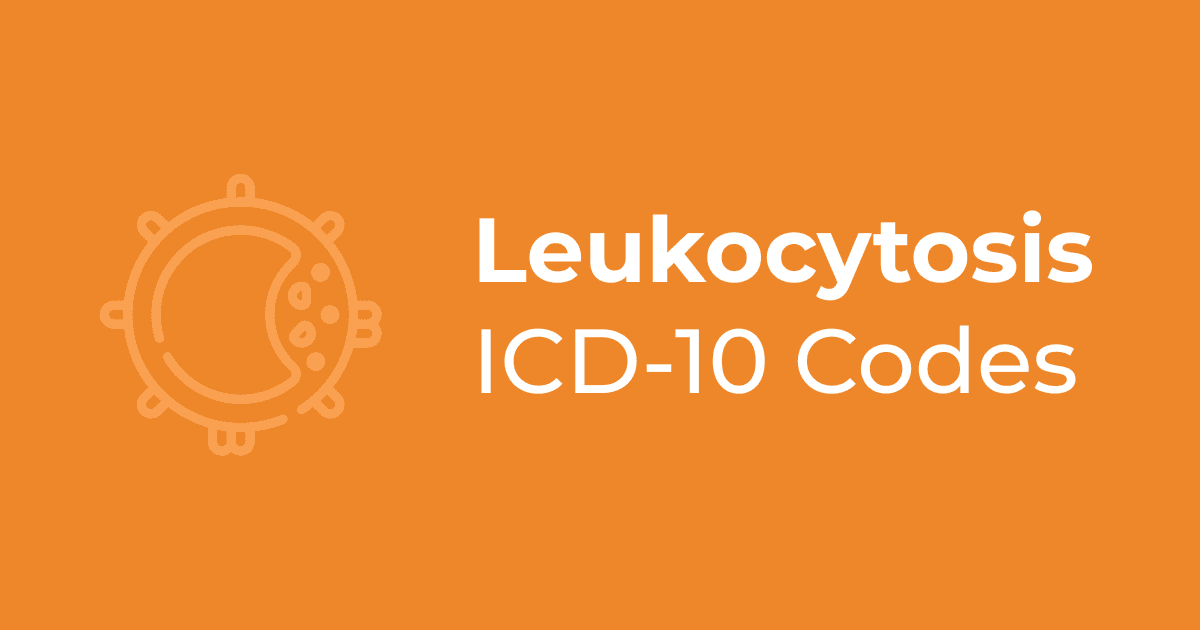Leukocytosis ICD-10 Code: A Comprehensive Guide

Understanding Leukocytosis and ICD-10 Coding
Leukocytosis, characterized by an elevated white blood cell count, may indicate underlying infections or inflammatory conditions. This guide provides a thorough overview of relevant ICD-10 codes for leukocytosis and other specified disorders of white blood cells, ensuring accurate documentation and billing.
ICD-10 Code for Leukocytosis and Related Conditions
For general leukocytosis, D72.829 - Elevated white blood cell count, unspecified is used when the cause or specific type is not documented. Below are related codes for elevated white blood cells or specific conditions:
Codes for Elevated White Blood Cell Count (D72.82-)
- D72.820 - Lymphocytosis (symptomatic): Elevated lymphocytes often linked to viral infections.
- D72.821 - Monocytosis (symptomatic): Elevated monocytes, commonly seen with chronic infections.
- D72.822 - Plasmacytosis: An increase in plasma cells.
- D72.823 - Leukemoid reaction: A marked increase in leukocytes that mimics leukemia.
- D72.824 - Basophilia: Elevated basophils, often associated with chronic allergic reactions.
- D72.825 - Bandemia: Increased band neutrophils, which can indicate infection.
- D72.828 - Other elevated white blood cell count
- D72.829 - Elevated white blood cell count, unspecified
Additional Relevant White Blood Cell Disorders
These codes provide further specificity for related conditions:
- D72.1 - Eosinophilia: Includes subtypes like D72.110 - Idiopathic hypereosinophilic syndrome [IHES] and D72.111 - Lymphocytic Variant Hypereosinophilic Syndrome [LHES].
- D72.81 - Decreased white blood cell count: Use specific subcodes like D72.810 - Lymphocytopenia or D72.818 - Other decreased white blood cell count when relevant.
Best Practices for Documenting Leukocytosis
- Be Specific with Cell Types: Where possible, document the specific type of elevated white blood cells to enhance accuracy.
- Include Underlying Conditions: Codes related to infections or inflammatory disorders provide a fuller clinical picture.
- Stay Updated: As ICD-10 codes are updated, refer to official resources to ensure accurate billing.
Resources for Further Learning
- CDC’s ICD-10-CM Browser: For the latest and most specific ICD-10 codes.
- American Society of Hematology (ASH): For comprehensive information on blood disorders.
- Centers for Medicare & Medicaid Services (CMS): For billing guidelines and coding updates.
Disclaimer: This guide is based on the best available research. Refer to official resources and consult certified professionals for the most up-to-date information.
Considering a new medical billing company?
Explore our top medical billing companies marketplace.

